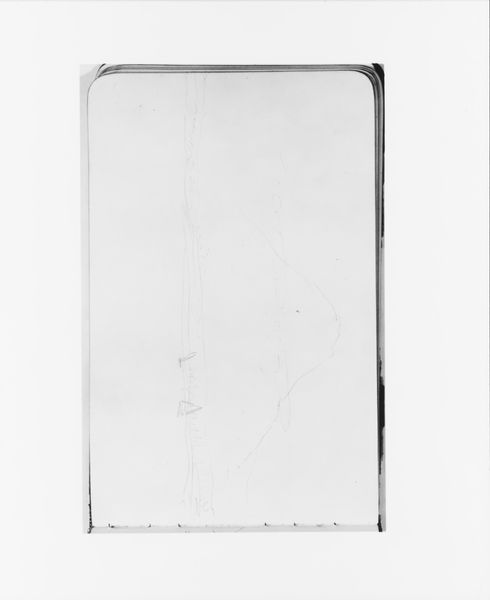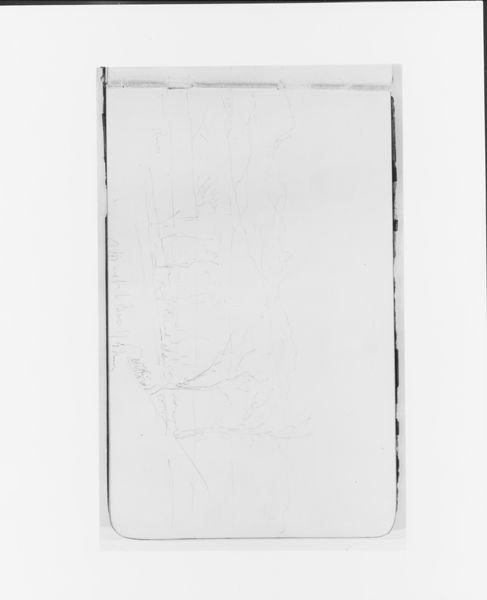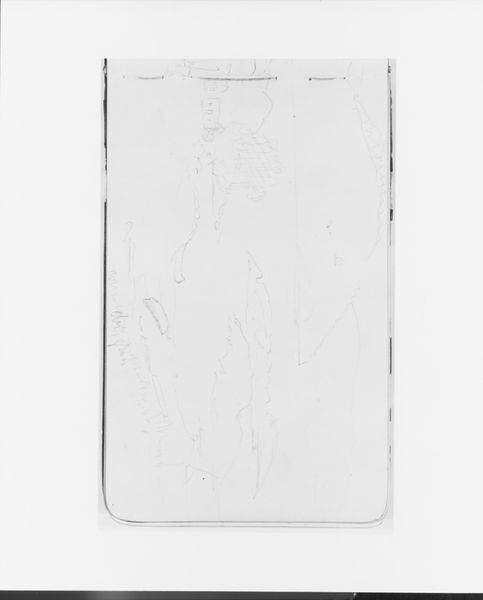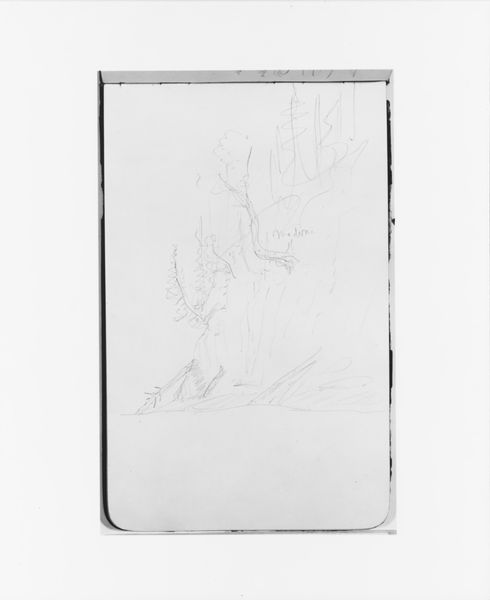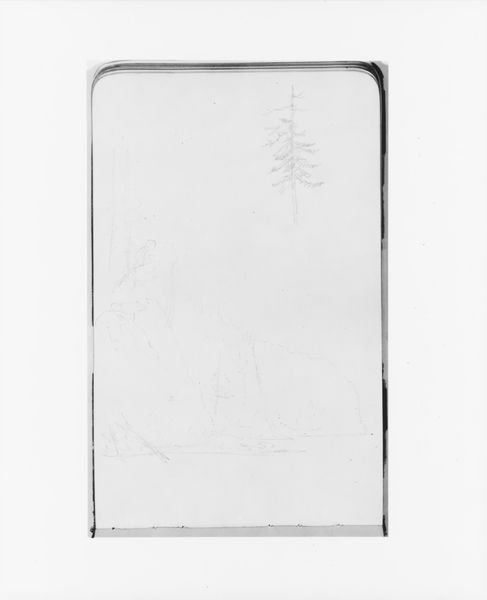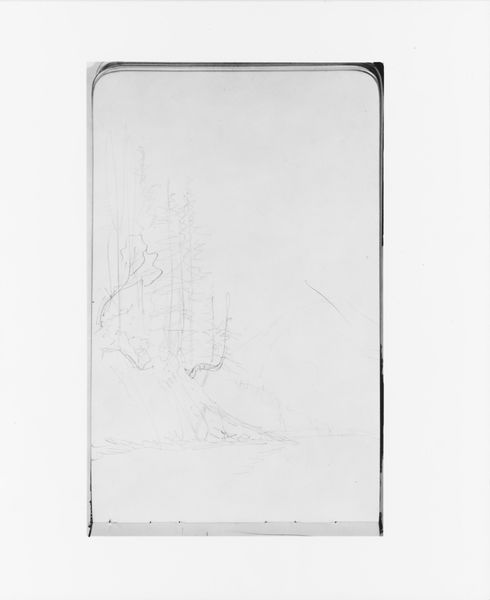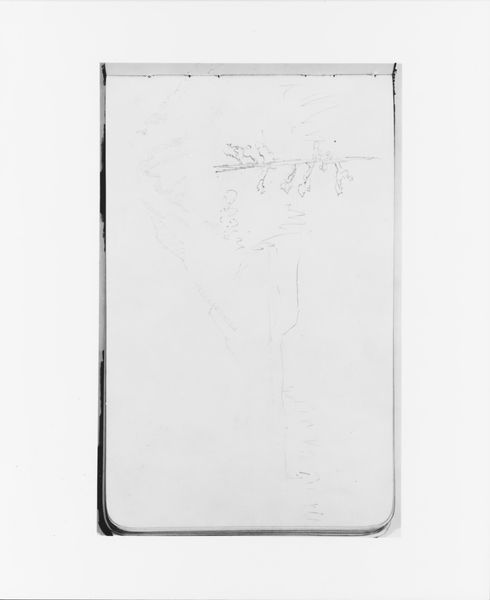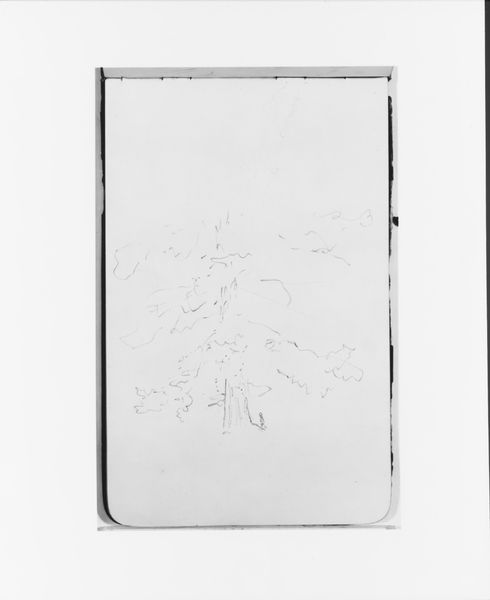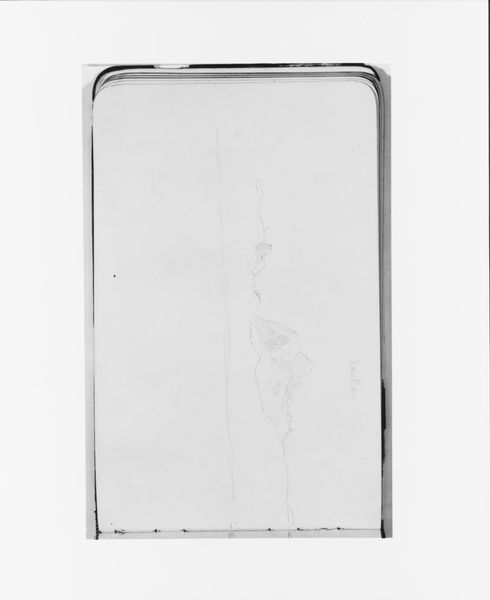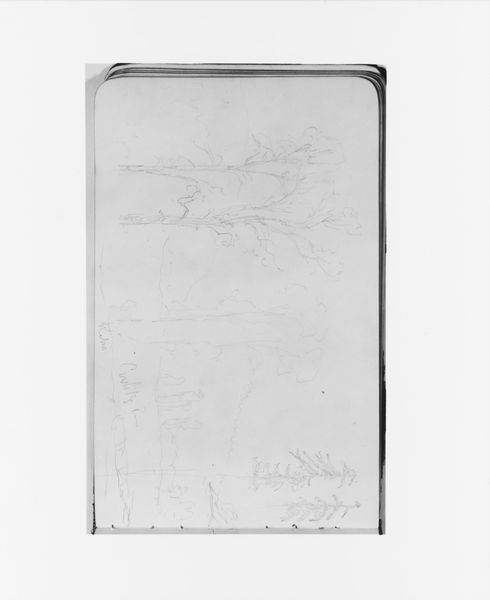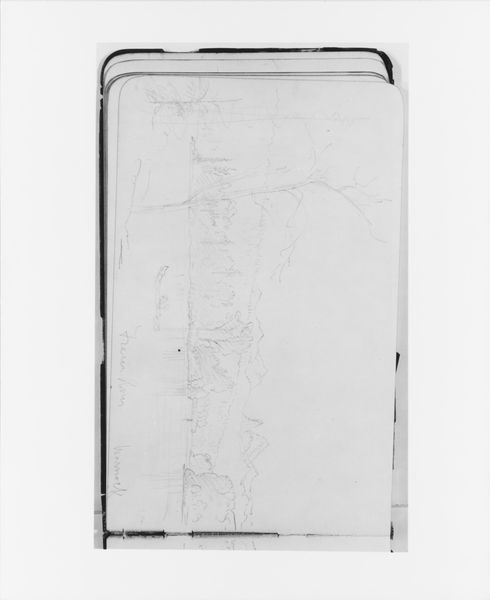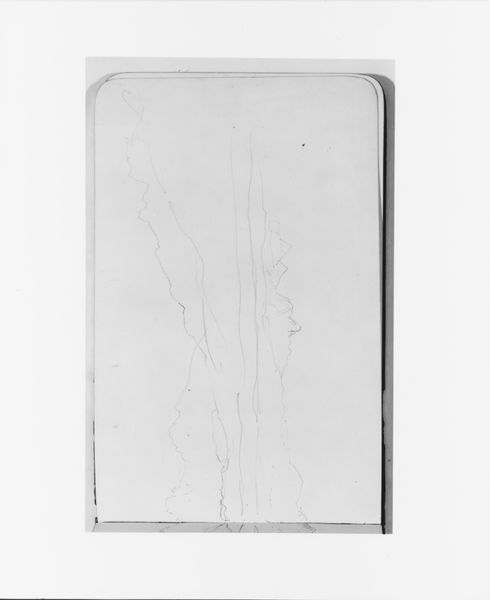
Landscape with Trees and Figure in a Canoe (from Sketchbook) 1890
0:00
0:00
drawing, pencil
#
tree
#
drawing
#
impressionism
#
organic shape
#
landscape
#
figuration
#
form
#
pencil
#
line
Dimensions: 4 3/4 x 7 3/4 in. (12.1 x 19.7 cm)
Copyright: Public Domain
Editor: This is Albert Bierstadt's "Landscape with Trees and Figure in a Canoe," a pencil drawing from 1890. It feels unfinished, like a fleeting impression captured quickly. What do you see in this piece beyond just a preliminary sketch? Curator: It's easy to dismiss this as just a sketch, but I think that does a disservice to Bierstadt’s practice. We must consider the context of westward expansion in America and how artists like Bierstadt played a role in shaping the perception and romanticization of the 'untamed' wilderness. This image, though seemingly simple, engages with deeply embedded notions of landscape as property, and the presence of the Indigenous figure, almost an afterthought, becomes crucial. Editor: I see what you mean. The figure in the canoe is small, almost blending in with the landscape. Was Bierstadt intentionally commenting on the relationship between settlers and Native Americans? Curator: Perhaps not explicitly, but the drawing operates within a broader historical framework where depictions of Native Americans were often romanticized, marginalized, or used to justify colonial narratives. This drawing may reflect the way Indigenous people are framed as part of the landscape, rather than recognized as inhabitants of it. Editor: So, the drawing unintentionally upholds power dynamics of the time, by reinforcing a subtle colonial gaze? Curator: Exactly. And we should analyze his choices – what he includes, how he depicts them, and what’s left out, inviting critical questioning. Think about what this landscape promised settlers and what was taken from the original inhabitants to fulfill this colonial narrative. Editor: That's a completely different way of looking at what I thought was simply an innocent landscape drawing! Curator: Precisely! And that is why situating art within its historical context enables it to become such a critical lens through which to understand prevailing socio-political issues.
Comments
No comments
Be the first to comment and join the conversation on the ultimate creative platform.
